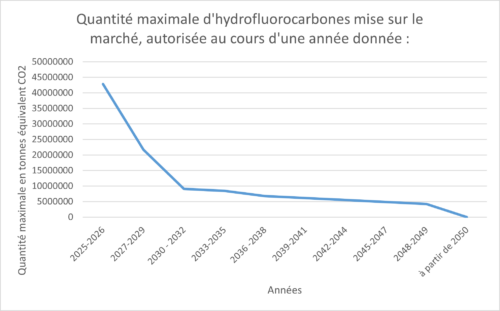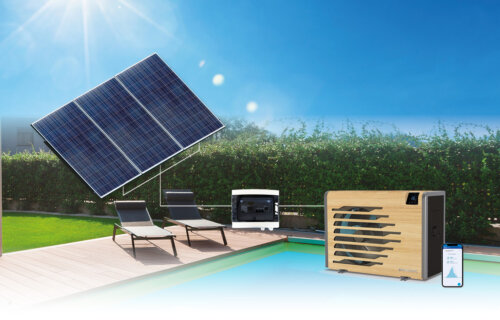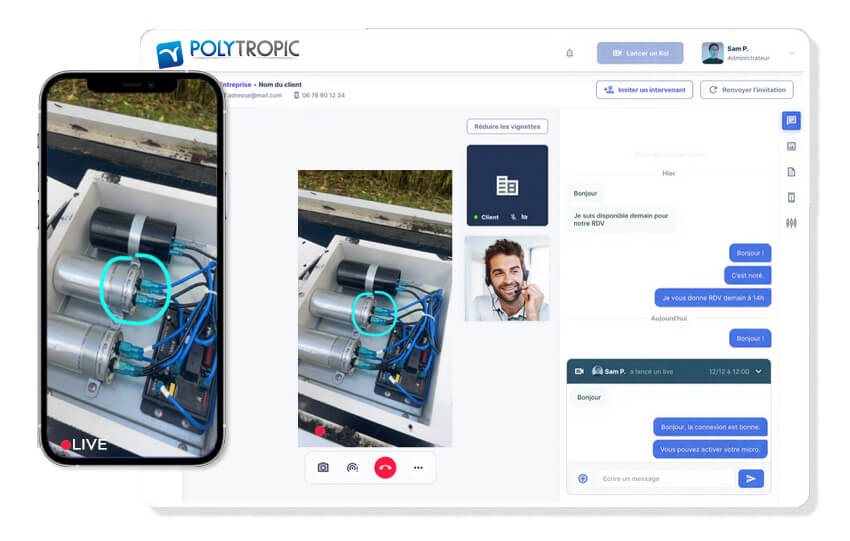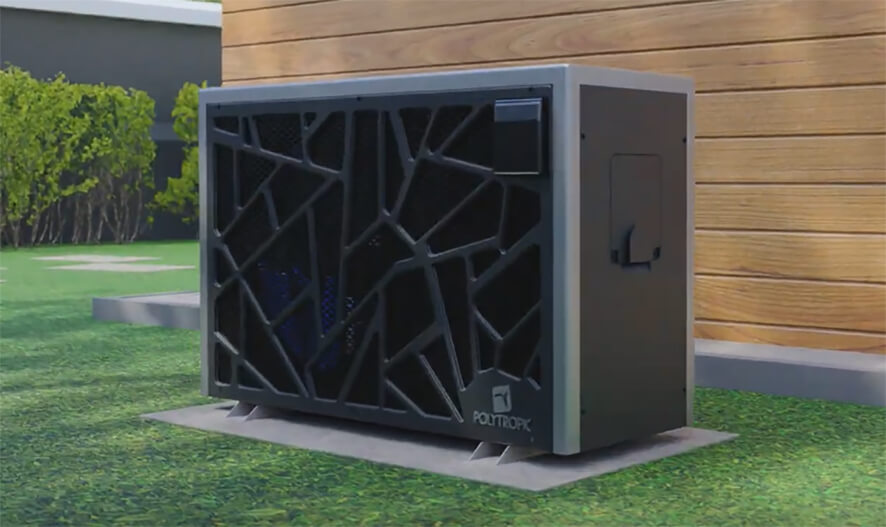FGAS regulations: new measures
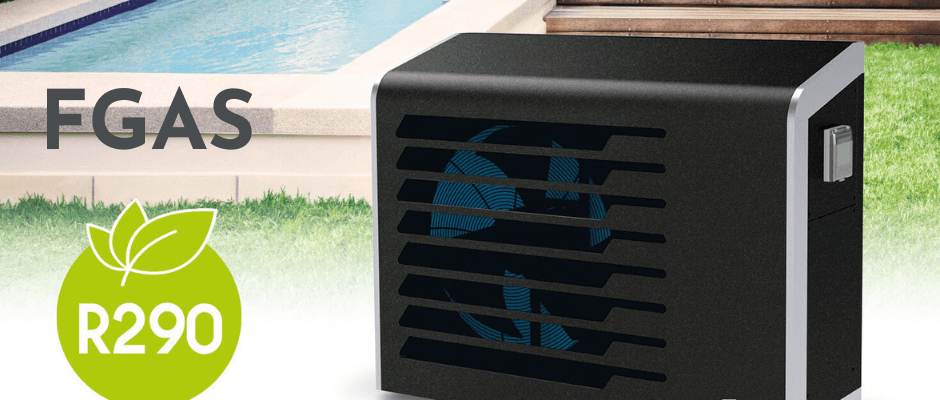
FGAS regulations are evolving to keep pace with growing environmental challenges. In this article, we look at the different stages of the FGAZ regulations to understand the prospects for the use of refrigerants.
What are the FGAS regulations?
The FGAS regulations were introduced as part of the fight against climate change. Its main aim is to regulate the use of refrigerants, which are responsible for greenhouse gas emissions that are harmful to the environment. These regulations follow on from the Montreal Protocol (1987, Kigali Agreement) and the Kyoto Protocol (2005). As regulations continue to evolve in response to growing environmental challenges, several versions of the FGAS have already been published.
First regulation 842/2006
This first stage of the FGAS regulations, dating from 2006, introduced the following measures in particular:
- A ban on CFCs and HCFCs (R12, R22, etc.)
- Containment of gases, i.e. preventing potential leaks, checking for leaks, detecting leaks, etc.
- Gas recovery for recycling or regeneration
- Training and certification of personnel handling gases
- Communication of the quantities of gas placed on the market
- Product labelling (type of gas)
- Restriction of certain fluids for more controlled marketing
Second regulation 517/2014
This second stage in the FGAS regulation dates from December 2015 and has 3 main objectives:
- To meet the EU’s greenhouse gas reduction target (Green Deal)
- Ensure compliance of the EU HFC reduction targets with the KIGALI agreement
- Clarify and strengthen regulatory provisions
To achieve this, three levers have been put in place:
- The introduction of quotas
- Reducing HFCs
- Reducing leakage
The FGAS regulations include a number of important provisions. These include measures to limit the marketing of certain types of the most harmful refrigerants, the obligation to recover refrigerants when servicing equipment, and regular checks on refrigeration equipment. In more detail, the aim is to reduce the marketing of refrigerants such as HFCs (R134a, R404A, R407C, R410A, R32), notably by introducing CO2 TEQ, GWP (Global Warming Potential) and quotas. It also involves calculating the quantities of these refrigerants placed on the market between 2009 and 2012 as a reference for future quota reductions.
The second step is to apply the “phase down”:
- A ban on gases with a GWP greater than 2,500 from 2020.
- A ban on centralised refrigerators and refrigeration systems with a GWP greater than 150 from 2022 onwards
- The introduction of stricter tightness controls with labels

- Installation of plant and product markings

- Controlling sales of equipment and fluids: this involves a number of obligations, including the obligation to keep a sales register; for companies, to hold a certificate of competence; to transmit annually the quantities of refrigerants placed on the market, stored, taken back or reprocessed; to label products; for private individuals, to ensure that any work is carried out by an operator holding a certificate of competence.
To complete this second set of FGAS regulations, penalties have been introduced for non-compliance with prohibitions, failure to obtain an aptitude certificate, failure to degas or recover, as well as failure to complete an intervention sheet or declaration. Failure to comply with FGAS regulations can result in financial fines and suspension of certification. These deterrent measures are designed to ensure strict compliance and promote the responsible use of refrigerants.
Third regulation :
A third F-GAS regulation was adopted by the European institutions on Monday 29 January 2024.
This third F-GAS regulation includes new measures:
- A ban on the marketing of heat pumps with a capacity of less than 50 kW using a gas with a GWP≥ 150 from 01/01/2027.
- A ban on the marketing of heat pumps with a capacity of 12 kw or less using an HFC gas from 01/01/2032.
- A very severe reduction in quotas: -50% between 2026 and 2027, then -57% between 2029 and 2030. This represents a reduction of 78% between 2026 and 2030.
- A report will be published no later than 01/01/2030 on the effects of this new regulation.
- Before 01/01/2040, the Commission will have to examine the need for hydrofluorocarbons, and assess the feasibility and the date of 2050 for a total ban on the consumption of HFCs.
Polytropic and the regulations
For many years now, Polytropic has been aware of tomorrow’s climate challenges, and has been anticipating regulations by placing environmental issues at the heart of its developments.
In November 2022, at the Piscine Global trade show, Polytropic presented its Care290 heat pump, which runs on R290 (PRG=3 and ODP =0), and its PolySolar Energy System photovoltaic solution, offering its customers greener alternatives. Since 2022, Polytropic’s R&D department has been working constantly on these more environmentally-friendly alternatives to offer its customers solutions that meet their expectations and those of the market in every respect.





